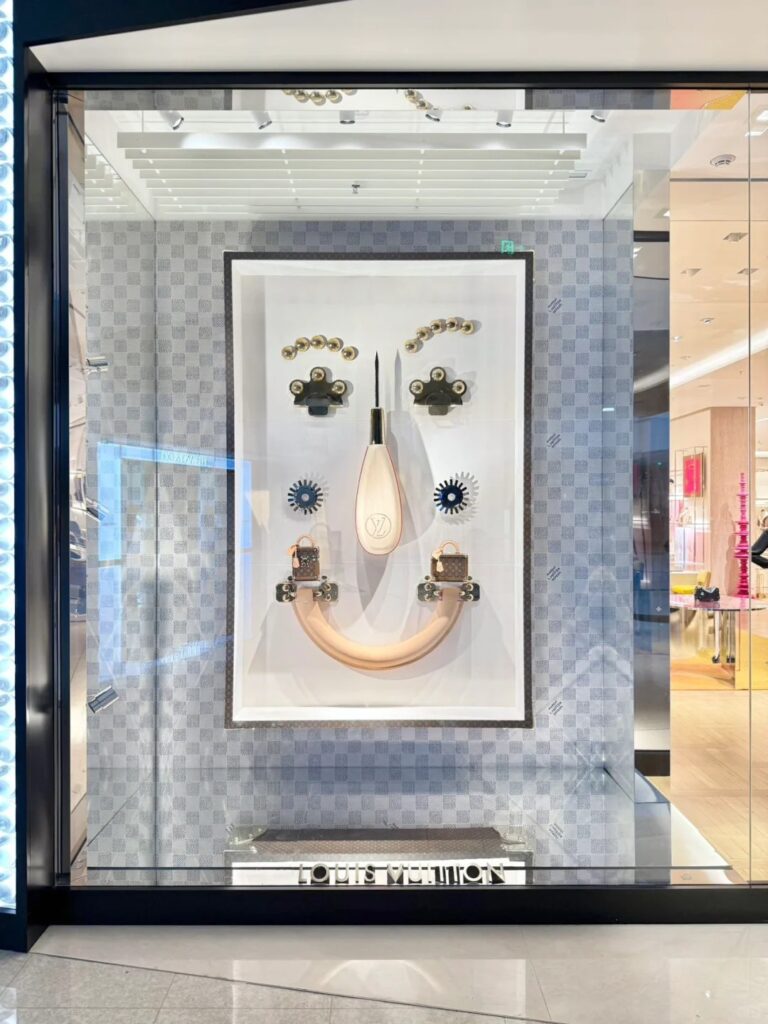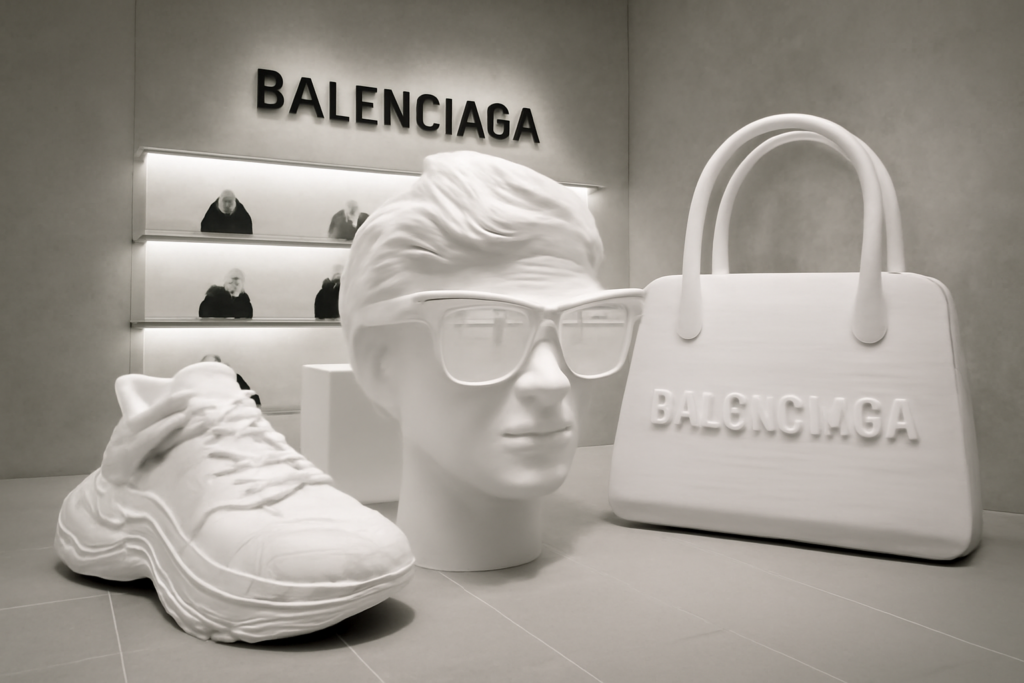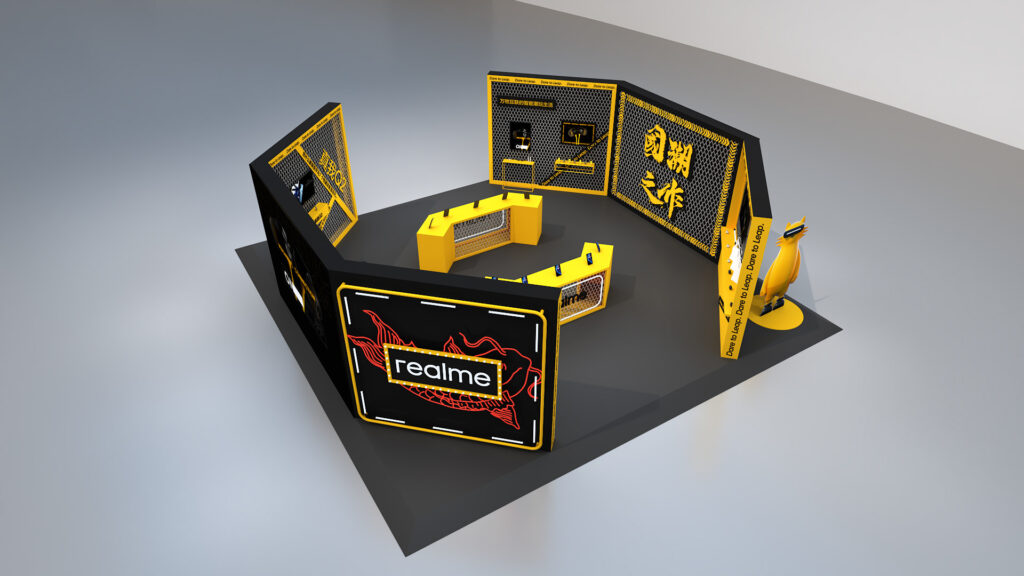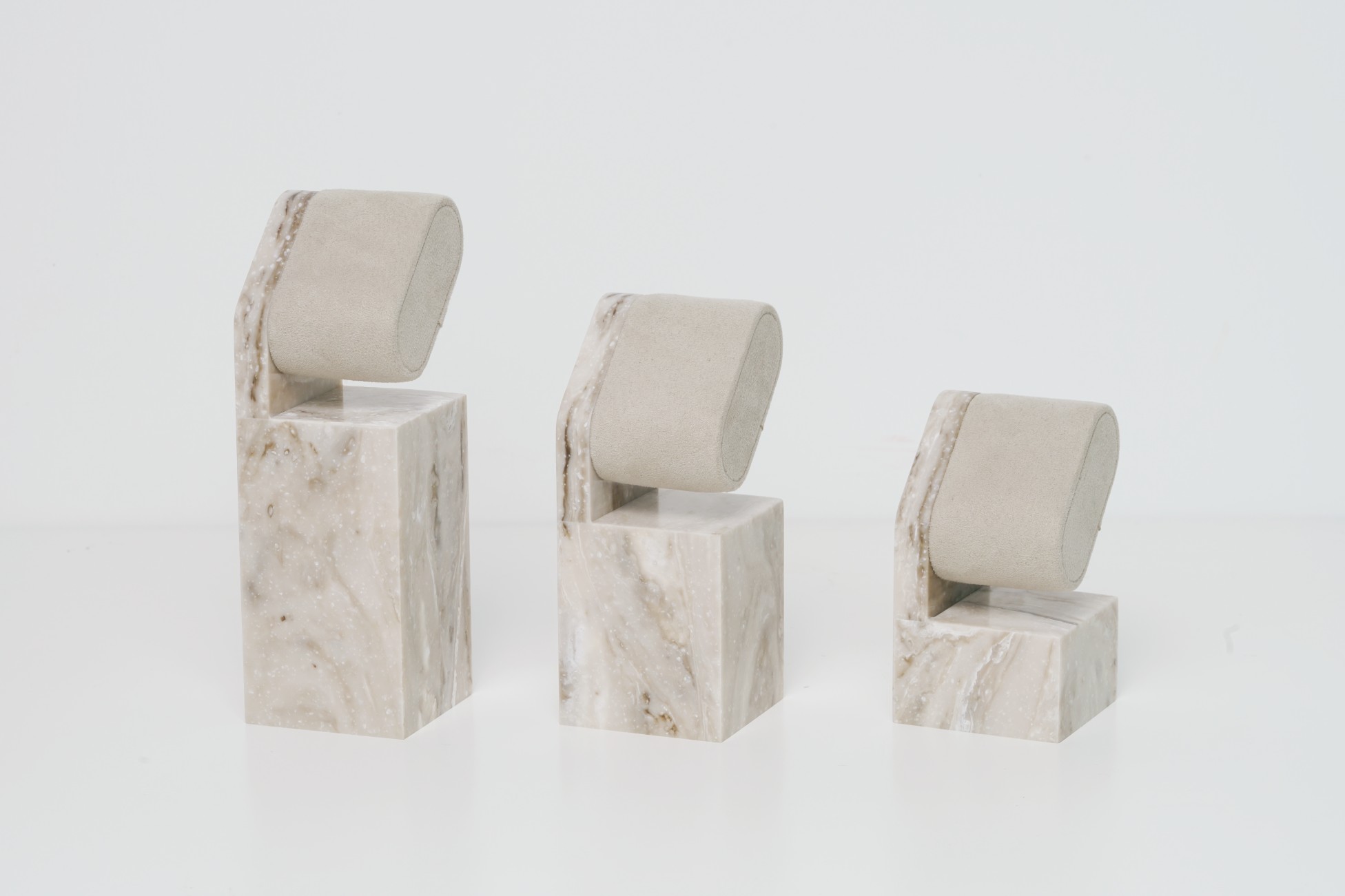3D printing pop-up retail displays revolutionize temporary retail spaces by enabling endless customization, rapid prototyping, and cost-effective production. With sustainable materials and modular designs, 3D printing offers the perfect solution for brands looking to create unique, eco-friendly, and flexible displays for temporary retail spaces.
❓ Struggling to Create Unique Retail Displays for Your Pop-Up Shop?
Pop-up retail is all about brand experience. But how do you create a display that perfectly captures your brand while staying within budget and time constraints?

Traditional manufacturing processes can be slow, costly, and lack the flexibility needed for temporary spaces. You're in need of customization, speed, and sustainability—but how?
🔥 The Risk of Using Generic Displays
If your displays don’t reflect your brand’s unique identity, your pop-up store could fall flat. Generic, mass-produced displays don’t offer the personal touch that today’s consumers crave, especially for limited-time retail experiences.
✅ Unlock the Power of 3D Printing for Your Pop-Up Store
3D printing gives brands the ability to design custom, eco-friendly, and cost-effective displays in record time. At Samtop, we specialize in creating bespoke 3D printed solutions that help you bring your retail vision to life—quickly and sustainably.
👉 Learn how Samtop can help your brand
🔍 3D Printing vs. Traditional Manufacturing: Key Benefits for Pop-Up Retail Displays
| Feature | 3D Printing | Traditional Manufacturing |
|---|---|---|
| Design Flexibility | ✅ Endless customization for unique shapes | ❌ Limited by molds and tooling |
| Cost | ✅ Lower initial costs for small batches | ❌ Higher tooling and setup costs |
| Production Speed | ✅ Fast prototyping and iterations | ❌ Longer setup and lead times |
| Material Variety | ✅ Eco-friendly, lightweight materials | ✅ Stronger materials for durability |
| Sustainability | ✅ Reduced waste, recyclable materials | ⚠ Waste during mass production |
| Scalability | ✅ Ideal for small batches and modular displays | ✅ Best for large-scale, uniform production |
🧪How 3D Printing Customization Enhances Pop-Up Retail Displays

1. Customizable and Tailored Designs
With 3D printing, every display is a one-of-a-kind masterpiece, designed specifically to fit the unique constraints of the pop-up space. From intricate shapes to perfectly sized fixtures, 3D printing allows brands to incorporate their identity into every aspect of the display.
Benefits:
- Endless customization: No restrictions on design complexity.
- Perfect fit: Tailored to fit your retail space.
- Brand identity: Easily showcase your brand's message with unique designs.
Example:
A beauty brand uses 3D printing to design product stands that mirror their signature packaging, enhancing the customer experience in a temporary store.
2. Quick Prototyping and Iteration

Speed is everything in pop-up retail, and 3D printing excels in this area. With rapid prototyping, you can quickly test various design concepts and make real-time adjustments to create the perfect display.
Benefits:
- Fast prototyping: Test and adjust quickly.
- Reduced lead times: Fast production for short-term events.
- Flexible: Make on-the-fly adjustments to suit space requirements.
Example:
A fashion brand uses 3D printing to prototype multiple display structures, making rapid adjustments to enhance product presentation.
3. Lightweight and Easy to Assemble
Temporary retail spaces require lightweight, modular, and easy-to-assemble displays. Traditional materials are bulky and difficult to transport, but 3D printed displays are designed for easy setup and easy transport.
Benefits:
- Lightweight: Easy to move and set up.
- Modular: Easily assembled and disassembled.
- Quick installation: Saves labor hours during setup.
Example:
A tech company uses 3D printed modular displays that are quickly assembled and dismantled for their multi-city pop-up event.
4. Sustainability and Waste Reduction
3D printing offers a sustainable solution, with on-demand production ensuring that only the necessary materials are used. Many 3D printing materials are also biodegradable or made from recycled plastics, which helps brands reduce their environmental impact.


